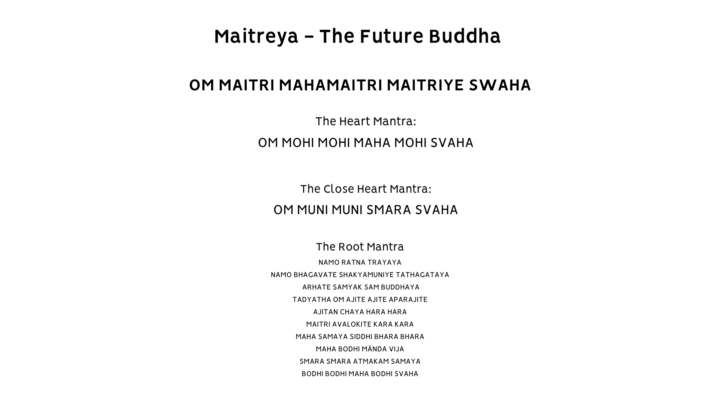Alexander Scriabin – Towards the Light / Calculation and Ecstasy (1996)
🎶 Discover the Visionary World of Alexander Scriabin in a New Documentary 🎹 Delve into the mystical and innovative universe of Russian pianist and composer Alexander Scriabin (1872-1915) with the latest documentary release. This film explores Scriabin’s profound vision of art's unity—where music, movement, light, and colour merge to create transcendent experiences. Featuring expert commentary from esteemed musicians like Vladimir Ashkenazy and Vladimir Horowitz, conductor Mikhail Pletnev, and insights from Scriabin’s daughter, Marina, this documentary offers a unique glimpse into the life and works of one of music’s most enigmatic figures. Shot across stunning locales in Switzerland, Italy, and Moscow, and enriched with Scriabin’s own writings and rare archival materials, the documentary is a treasure trove for art and music historians alike. The highlight includes a historic recording of Scriabin himself, playing his Poem Op. 32 No. 1 on a Welte Mignon player-piano, recorded in 1908. Directed by Oliver Becker, this film is a compelling watch for anyone interested in the fusion of arts and the power of musical innovation. What elements of Scriabin’s philosophy do you think are applicable in today’s artistic endeavours?
1
0
Sound & Acoustics in Medicine
Check out this fascinating article from Stanford Medicine on the innovative ways sound and acoustics are being harnessed for healing. Researchers are exploring how acoustic signals can be used to manipulate heart cells for tissue engineering and develop new diagnostic tools like the “brain stethoscope.” These advancements hold promise for transforming cardiac disease treatment and neurological care. https://stanmed.stanford.edu/innovations-helping-harness-sound-acoustics-healing/
1
0


A Conscious Universe
🌌 **Questions to Ponder: Consciousness in the Universe** 🎶- Could the cosmos be a living, conscious organism, and how might sound influence our connection with its vibrational essence? Is it possible that all self-organizing systems, from atoms to galaxies, possess some form of consciousness, influenced or resonated by sound? How might sound healing practices align with or amplify the concept of a conscious universe, as suggested by panpsychist philosophies? What are the implications of considering the Earth, the Sun, and the universe as conscious entities responsive to sound?
2
0
The Sonic Environment of Cities
We often focus on the visual aesthetics of city spaces, but how often do we consider the sonic landscape that surrounds us? Michael Frank Southworth’s 1967 thesis, The Sonic Environment of Cities, offers profound insights into how the sounds of a city influence our perception of urban spaces. In this pivotal work, Southworth examines the relationship between sound, visual activity, and spatial form within urban environments. His analysis, conducted through experiments in Boston, reveals that the most dominant urban soundscapes are those that are both unique and informative, offering a distinct identity to the settings they inhabit. Key takeaways from this study include: • The importance of sonic design in creating responsive and engaging urban spaces. • How unique sound settings, even subtle ones like the creaking of a boat or the hum of distant conversations, can greatly enhance our experience and understanding of a place. • The role of sound in supporting or even contradicting the visual elements of a city, affecting our overall perception and interaction with urban environments. Southworth’s work remains highly relevant today, encouraging us to think beyond what we see and tune into the sounds that shape our urban experiences. For those interested in urban design, sound healing, or the intersection of sensory experiences in cities, this thesis is a must-read. https://dspace.mit.edu/handle/1721.1/102214
1
0

1-9 of 9

skool.com/the-mind-orchestra-5897
Join The Sound Healing Network - Learn how you can use sound to empower, heal and transform your life. Access Classes, Courses and Teachings.
Powered by



